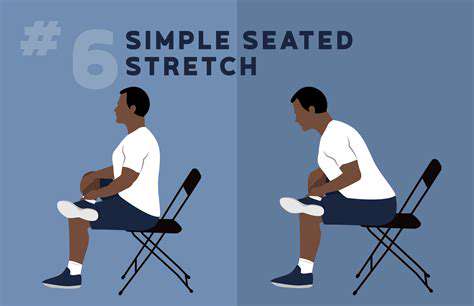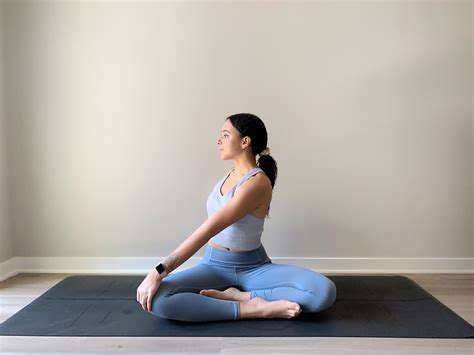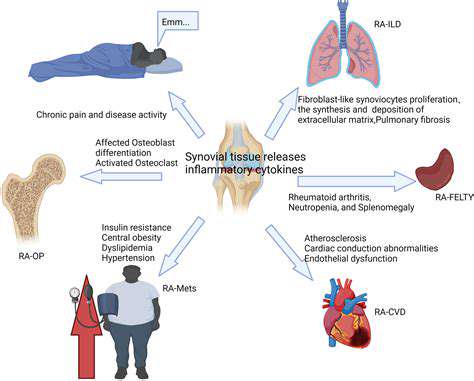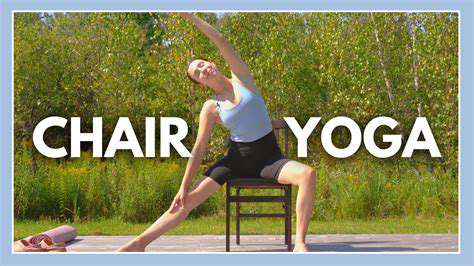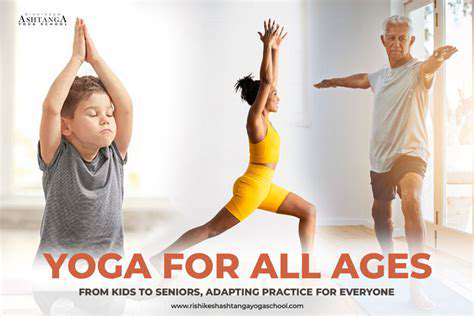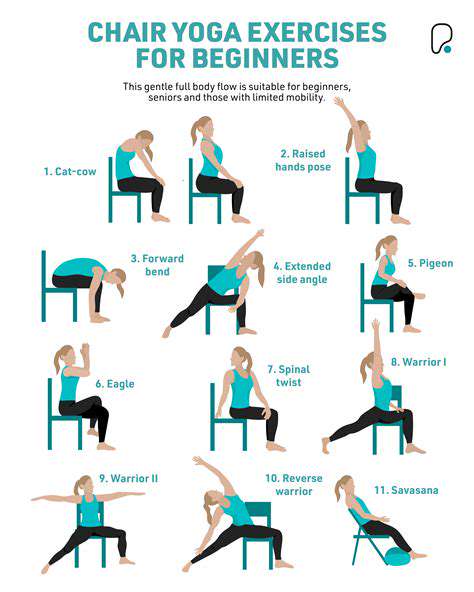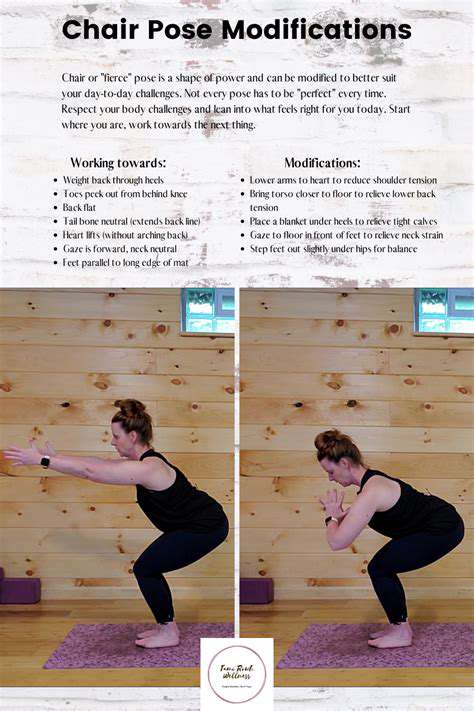Chair Yoga for Neck and Shoulder Relief: Gentle Stretches
Gentle Neck and Shoulder Rolls
Gentle Neck Rolls
These gentle neck rolls are a fantastic way to release tension in your neck and upper back. Slowly rotate your head in a clockwise direction, keeping your shoulders relaxed and your chin tucked slightly. Feel the stretch along the side of your neck and upper back muscles. Continue for 5-7 slow rotations, then repeat in the counter-clockwise direction. Remember to breathe deeply throughout the movement, allowing your body to relax into the stretch.
Focus on maintaining a slow and controlled pace. Avoid jerking or forcing the movement. If you feel any sharp pain, stop immediately and adjust your position. Listen to your body, and don't push beyond your comfort zone. These gentle neck rolls are a fantastic way to ease stiffness and promote relaxation.
Shoulder Rolls Forward and Backward
Shoulder rolls are another excellent way to address tightness in the neck and shoulder area. Begin by gently rolling your shoulders forward in small, circular motions. Imagine drawing small circles with your shoulders, keeping your back straight and core engaged. Continue for 5-7 repetitions, then reverse the direction and roll your shoulders backward in a similar manner. This helps to loosen up the muscles surrounding your shoulder joints and release tension that often accumulates in this area.
Pay attention to the subtle stretch that occurs as you roll your shoulders. These gentle movements can also improve posture and reduce the risk of future stiffness. Consistency with these exercises is key for long-term benefits.
Neck and Shoulder Stretches
Incorporate simple neck and shoulder stretches to further alleviate stiffness. A gentle side stretch involves placing one hand on the opposite side of your head and gently pulling your head towards your shoulder. Hold this stretch for 15-20 seconds, focusing on the stretch along the side of your neck and upper back. Repeat on the other side. This type of stretch helps to lengthen the muscles on the side of the neck, improving flexibility and reducing tension.
Another effective stretch is a simple shoulder blade squeeze. Squeeze your shoulder blades together, feeling the stretch in your upper back. Hold this position for 10 seconds, and then release. Repeat this 5-7 times. These gentle stretches are ideal for improving posture and relieving pain in the neck and shoulder area.
Deep Breathing Exercises
Deep breathing exercises are a crucial component of any chair yoga routine for neck and shoulder relief. Inhale deeply through your nose, expanding your belly and filling your lungs with air. Hold the breath for a few seconds, then exhale slowly through your mouth, relaxing your shoulders and releasing any tension in your neck. Repeat this process 5-10 times. This practice helps to calm the nervous system, reducing stress and promoting relaxation, which is essential for managing neck and shoulder pain.
Deep breathing can also improve blood circulation to the muscles in the neck and shoulders, further aiding in the release of tension and the reduction of pain. By integrating deep breathing exercises into your chair yoga routine, you will experience a significant improvement in your overall well-being.
Building a Consistent Chair Yoga Routine

Setting Up Your Space
Creating a dedicated space for your chair yoga practice is crucial for establishing a consistent routine. A quiet, clutter-free area, free from distractions, will help you focus on your poses and deepen your connection with your body. This dedicated space fosters a sense of calm and intention, which are essential for a successful chair yoga practice. Ensure the area is well-lit and has good ventilation.
Consider adding a soft rug or mat for comfort and stability. This will help cushion your body and prevent any slipping while you're performing different yoga poses. A comfortable chair is also a must.
Understanding the Basics of Chair Yoga
Chair yoga is a modified version of traditional yoga, adapted for those who may have physical limitations or prefer a seated practice. It's a gentle form of exercise that can be highly beneficial for improving flexibility, balance, and overall well-being, particularly for seniors and people with mobility issues. It emphasizes mindful movement and breath work, promoting relaxation and stress reduction.
Importance of Proper Posture
Maintaining proper posture while seated is paramount in chair yoga. This involves keeping your spine straight, shoulders relaxed, and your head aligned with your torso. Proper posture promotes healthy spinal alignment and prevents undue strain on your back and neck.
Good posture also helps to improve your breathing and circulation, allowing for a more effective and enjoyable yoga practice. You can use a wall or a chair back as a guide to maintain correct alignment.
Benefits of Chair Yoga for Seniors
Chair yoga offers numerous advantages for seniors. It helps to improve balance, flexibility, and strength, reducing the risk of falls. The gentle movements and mindful focus in chair yoga reduce stress and promote relaxation, which are vital for overall well-being. This practice can boost their mood and encourage a sense of calm and serenity. Improved balance and flexibility directly contribute to a better quality of life for seniors.
Furthermore, chair yoga is a great way to improve cardiovascular health, increase energy levels, and reduce feelings of fatigue and pain.
Creating a Personalized Routine
To build consistency, tailor your chair yoga routine to your individual needs and capabilities. Start with shorter sessions and gradually increase the duration as you become more comfortable and confident. Listen to your body and modify poses as needed. Consistency is key; even a few minutes of daily practice can yield significant benefits. Incorporate poses that target specific areas of the body, addressing any pain points or mobility issues.
Tracking your progress can also help you stay motivated and see the positive effects of your practice. Consider using a journal or an app to note your sessions and how you feel.
Incorporating Breathing Techniques
Breathing exercises are integral to chair yoga. Deep, conscious breathing can help to calm the mind and promote relaxation. Regular practice of mindful breathing can reduce stress and anxiety, promoting a sense of inner peace. Incorporating various breathing techniques into your routine can enhance the overall benefits of your practice.
Focusing on your breath during each pose can deepen the stretch and increase the mind-body connection, leading to a more fulfilling experience.
